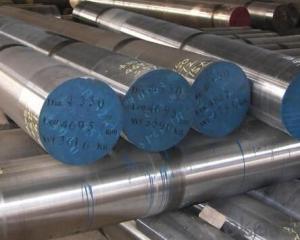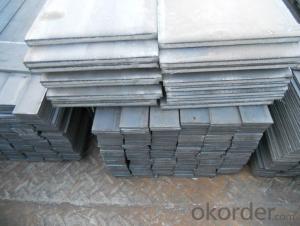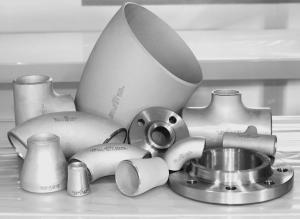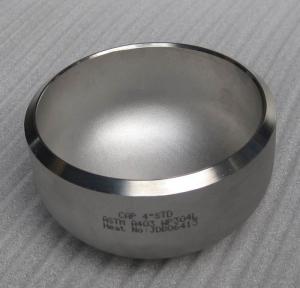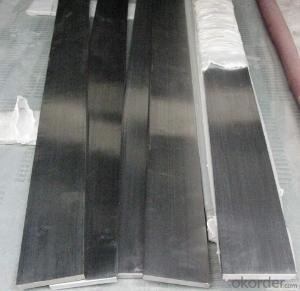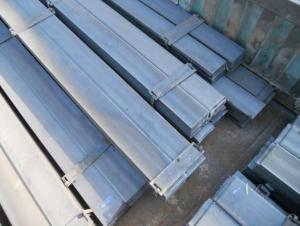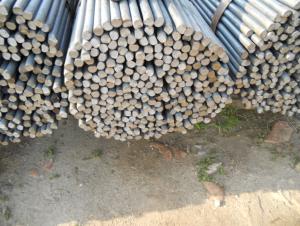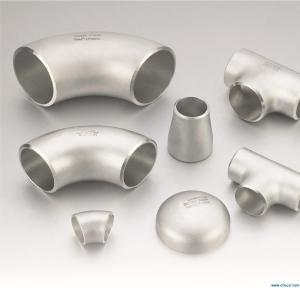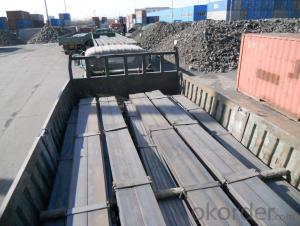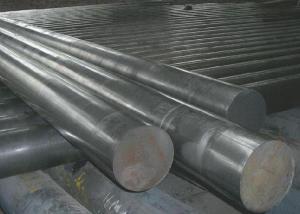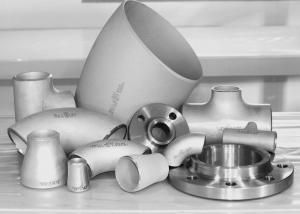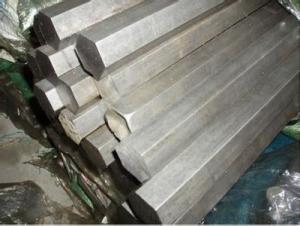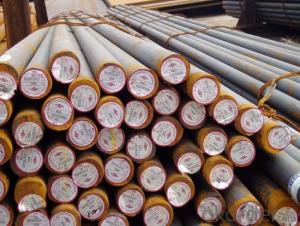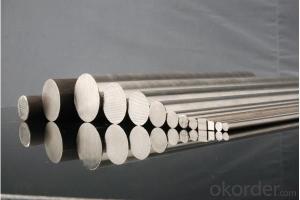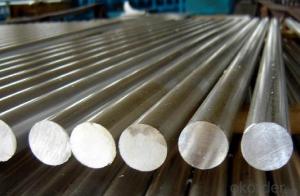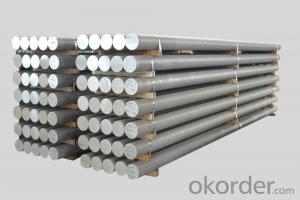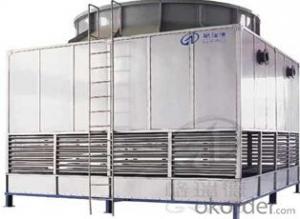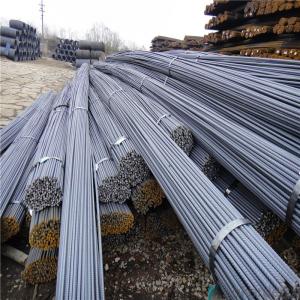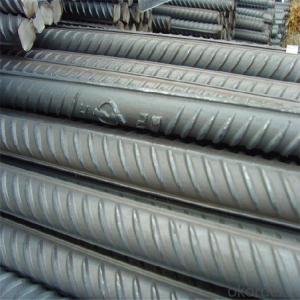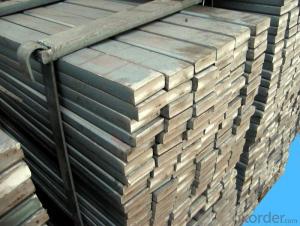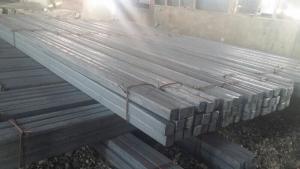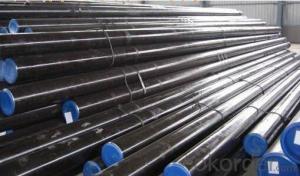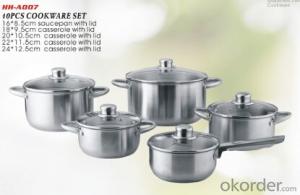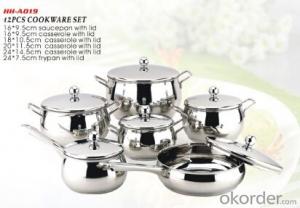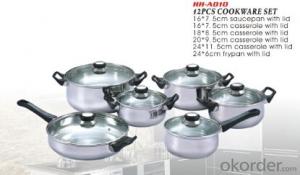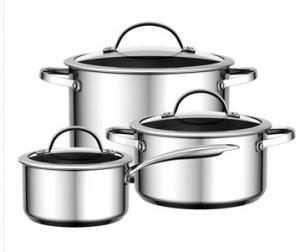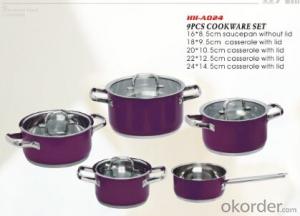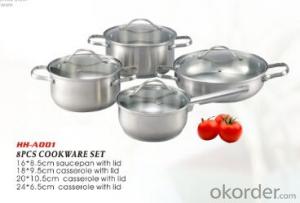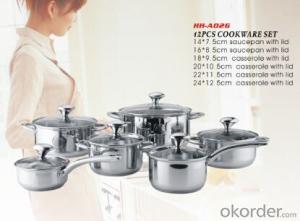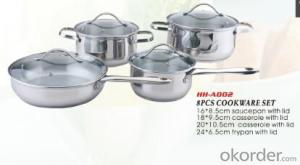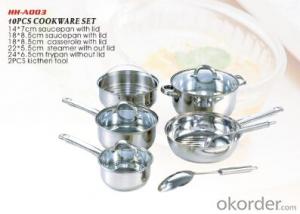Stainless Steel Bar Top
Stainless Steel Bar Top Related Searches
Stainless Steel Top Stainless Steel Bar Stool Stainless Steel Bars Stainless Steel Counter Top Bar Stool Stainless Steel Stainless Steel Soap Bar Stainless Steel Square Bar Stainless Steel Barstool Stainless Steel Towel Bar Stainless Steel Counter Tops Stainless Steel Grab Bar Stainless Steel Tool Box Top Stainless Steel Barstools Stainless Steel Toolbox Top Stainless Steel Tap Stainless Steel Island Top Stainless Steel Desk Stainless Steel Barbell Stainless Steel Cap Stainless Steel Base Stainless Steel Stool Stainless Steel Door Stainless Steel Lamp Stainless Steel Post Stainless Steel Strap Stainless Steel Tape Stainless Steel Baseboard Stainless Steel Roof Stainless Steel Beverage Tub Stainless Steel TubStainless Steel Bar Top Supplier & Manufacturer from China
Stainless steel bar tops are a popular choice for various establishments due to their durability, resistance to corrosion, and sleek aesthetic appeal. These bar tops are crafted from high-quality stainless steel, ensuring a long-lasting and low-maintenance surface that is perfect for both commercial and residential settings. They are commonly used in bars, restaurants, hotels, and even in homes where a modern and stylish touch is desired. Stainless steel bar tops can withstand heavy use and are easy to clean, making them an ideal choice for high-traffic areas.Stainless steel bar tops are widely used in the hospitality industry, as they provide a hygienic and professional look while being able to withstand the demands of daily use. They are also popular in kitchen islands, outdoor bars, and other areas where a durable and attractive surface is needed. The versatility of stainless steel bar tops makes them suitable for a variety of applications, from casual settings to more upscale establishments. Their sleek and modern appearance adds a touch of sophistication to any space, while their practicality ensures that they remain a popular choice for many years to come.
Okorder.com is a reputable wholesale supplier of stainless steel bar tops, offering a large inventory of high-quality products to meet the needs of various customers. They pride themselves on providing competitive prices and excellent customer service, ensuring that each order is handled with care and attention to detail. By partnering with Okorder.com, businesses and individuals can access a wide range of stainless steel bar tops, ensuring that they find the perfect fit for their specific needs and preferences.

